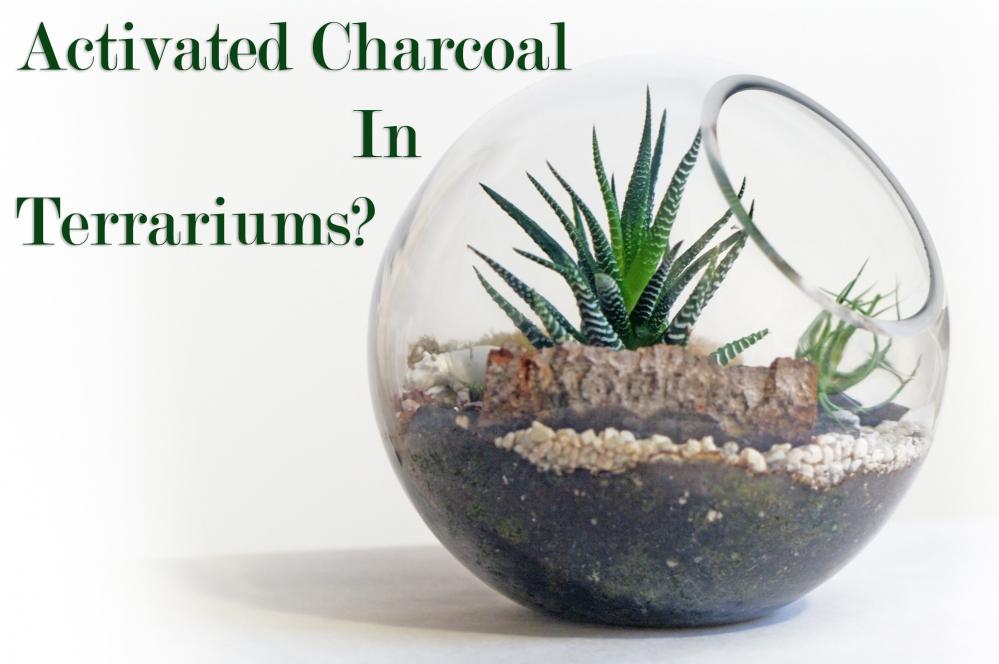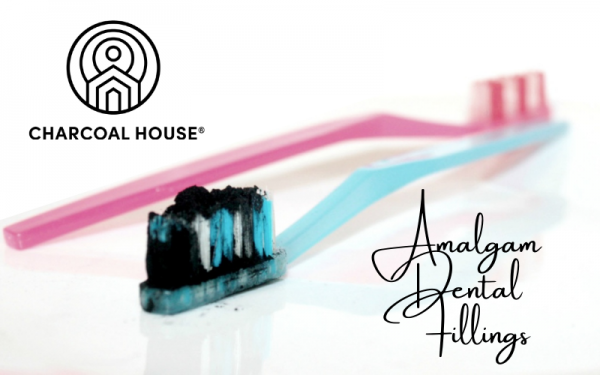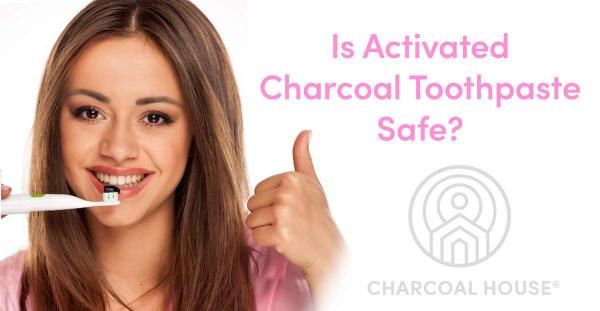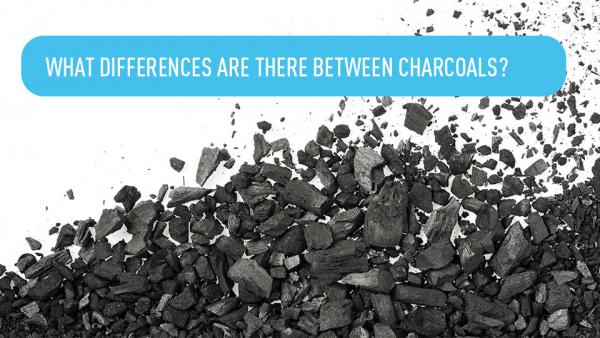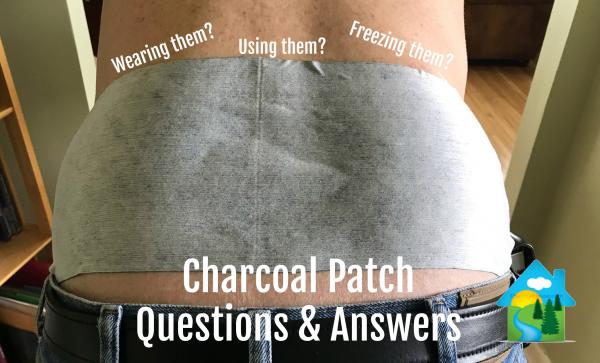Terrariums are a beautiful and unique approach to decorating your living space. They are also fun to create. Don't let your creation go to waste by forgetting to use activated charcoal in your display.
What Does it Take to Make a Well Crafted Terrarium
First and foremost it's easy. Know the plants you are dealing with. Doing your research to know the conditions suitable will go a long way. Next, be prepared to offer the right soil, nutrients, and water supply. Finally, know the potential issues that may arise in the plants new home and take the precautionary steps.
There are 7 core elements to designing a terrarium. Drainage and airflow are essential for this project. For this reason alone it is important to use each element.
- Sand
- Large Stones
- Small Stones
- Granular Activated Charcoal
- Sphagnum Moss
- Soil
- Plants and Ornaments
What's so important about activated charcoal?
If you do some digging into this subject you will see many tutorials that say activated charcoal is optional. When you are dealing with the delicate balance of a self contained ecosystem which is deprived of proper airflow and possibly containing excess water, what you're ultimately left with is an environment susceptible to fungus and bacteria.
Activated charcoal is anti-bacterial and anti-fungal. Adding this element will reduce those hazards alone as well as increase soil drainage. Activated charcoal adsorbs a multitude of toxins, poisons and gases. Also, it is optimal for both water and air filtration. As a result, the chemical build up from the gases produced by the plants will be adsorbed, thus maintaining the ideal atmosphere for your terrarium to thrive.
Best Charcoal for Terrariums
Our 4X8C Granular Activated Charcoal (GAC) is coconut based and ideal for terrariums. We offer a variety of sizes starting at a gallon, so no matter the scale or quantity of your project we have you covered. Don't forget to share your creations with us on Facebook and Instagram, and Tweet us your tips for terrarium care.



